Commentary: How 'originalism' Became the prevailing view at the US Supreme Court
Published in Political News
It is easy to take for granted that the current Supreme Court has a majority of committed originalists. But only four decades ago, such a court would have been unimaginable. Who deserves credit for this remarkable change?
“If we can envision a Mt. Rushmore of originalism," Justice Samuel Alito wrote in a new book that we co-edited, "the three visages we would see carved in stone are those of Robert Bork, Edwin Meese III, and Antonin Scalia.”
Justice Scalia’s remarkable tenure on the Supreme Court made him a household name, and Robert Bork’s failed Supreme Court nomination made him a verb. But all Americans should know the name of Attorney General Edwin Meese III.
Let’s go back to 1985. President Reagan was sworn in for his second term. Edwin Meese III was sworn in as the 75th Attorney General. Chief Justice Warren Burger would begin his final term on the Supreme Court.
Over the span of one year, there would be a revolution in the law. Justice William Rehnquist became Chief Justice Rehnquist. Judge Antonin Scalia became Justice Antonin Scalia. The Justice Department was staffed with Federalist Society attorneys. And Meese delivered three foundational speeches.
First, in July 1985, Meese spoke to the American Bar Association. He announced, emphatically, that the Reagan administration would “press for a jurisprudence of original intention.” The DOJ would “endeavor to resurrect the original meaning of constitutional provisions and statutes as the only reliable guide for judgment.”
Meese's remarks sent shockwaves throughout the legal profession. And it struck a nerve at the Supreme Court. Three months later, Justice William Brennan, the liberal lion, felt compelled to respond.
In a speech at Georgetown, Brennan charged that originalism was “little more than arrogance cloaked as humility.” Brennan endorsed living constitutionalism, and firmly rejected originalism. “The genius of the Constitution,” Brennan said, "rests not in any static meaning it might have had in a world that is dead and gone, but in the adaptability of its great principles to cope with current problems and current needs."
The following month, in November 1985, Meese gave the second foundational speech to the D.C. Chapter of the Federalist Society Lawyers Division. And he responded, forcefully, to Justice Brennan. Originalism, Meese said, “is not difficult to describe.”
First, “Where the language of the Constitution is specific, it must be obeyed.” Second, “Where there is a demonstrable consensus among the Framers and ratifiers as to a principle stated or implied by the Constitution, it should be followed.” And third, “Where there is ambiguity as to the precise meaning or reach of a constitutional provision, it should be interpreted and applied in a manner so as to at least not contradict the text of the Constitution itself.”
Finally, Meese laid out the terms of the great debate between the originalists and the living constitutionalists: “We and our distinguished opponents carry on the old tradition of free, uninhibited, and vigorous debate. Out of such arguments come no losers, only truth. It's the American way. And the Founders would not want it any other way."
One year later, in October 1986, Meese would give the third foundational speech. At Tulane University, Meese made a simple, but foundational point: there is a “necessary distinction between the Constitution and constitutional law. The two are not synonymous.”
Meese articulated the theory known as departmentalism. “The Supreme Court is not the only interpreter of the Constitution.” Rather, “Each of the three coordinate branches of government created and empowered by the Constitution—the executive and legislative no less than the judicial—has a duty to interpret the Constitution in the performance of its official functions.”
Here, Meese channeled departmentalism. This approach was not new. Abraham Lincoln articulated this perspective more than a century earlier. Yet, Meese's remarks created a firestorm in the legal profession.
These three speeches—to the ABA in July 1985, to the Federalist Society in November 1985, and to Tulane in October 1986—began this great debate. And four decades later, we can pronounce a winner, and a loser in this debate. Justice Brennan and living constitutionalism lost. Attorney General Meese, Justice Scalia, and originalism were victorious.
If you want proof, look no further than the Supreme Court. Judge Ketanji Brown Jackson was asked during her confirmation hearing how she interprets the Constitution. She said, “I'm looking at original documents. I am focusing on the original public meaning because I am constrained to interpret the text.” She was asked if there is a living Constitution. Judge Jackson said, “I do not believe that there is such a thing as a living constitution.”
These answers would have been unthinkable three decades ago. But a nominee of a Democratic President felt compelled to identify original public meaning as part of her methodology.
She is not alone. Justice Amy Coney Barrett—originalist. Justice Brett Kavanaugh—originalist. Justice Neil Gorsuch—originalist. Even Justice Elena Kagan said, “We are all originalists now,” though she later came to regret saying it.
Only two members of the Court have not accepted the label of originalism—Justice Sonia Sotomayor and, well, Chief Justice John Roberts. Seven out of nine ain't bad.
When Americans think of the success of originalism, they should, of course, credit Scalia and Bork, but our Mount Rushmore is not complete without Ed Meese.
____
Josh Blackman and John G. Malcolm are co-editors of the fully revised “Heritage Guide to the Constitution” (Third Edition). Meese is the editor emeritus of the Guide.
_____
©2025 Tribune Content Agency, LLC.
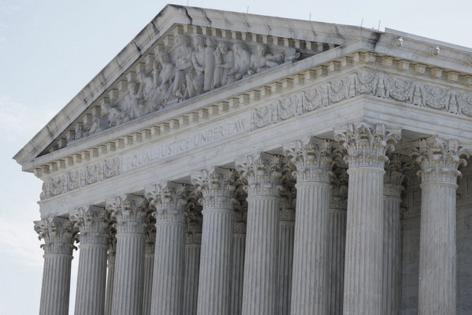

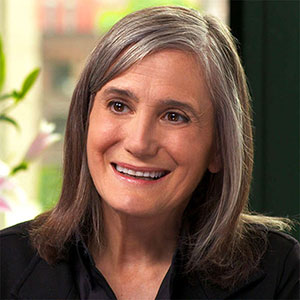
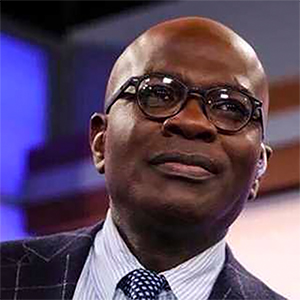
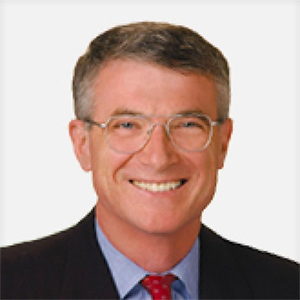


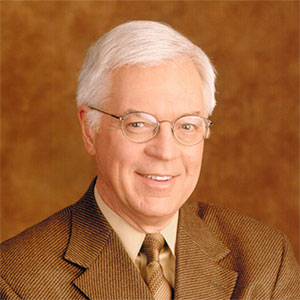
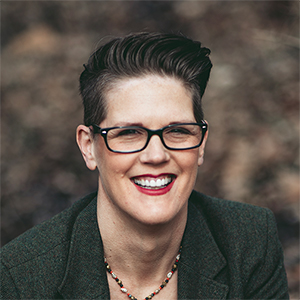
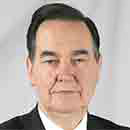

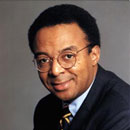
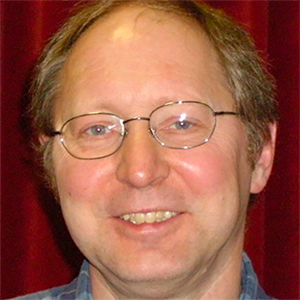
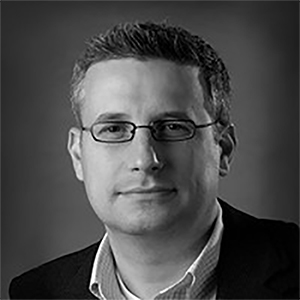


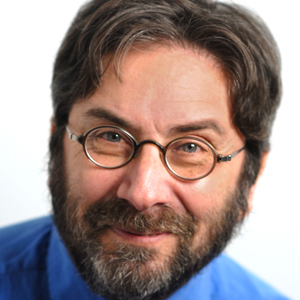
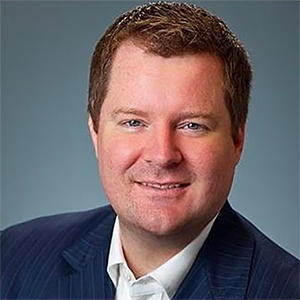
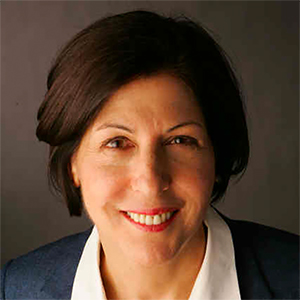
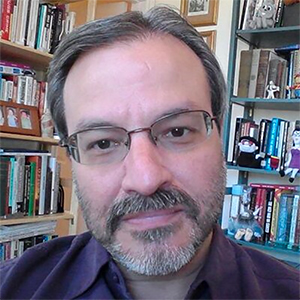
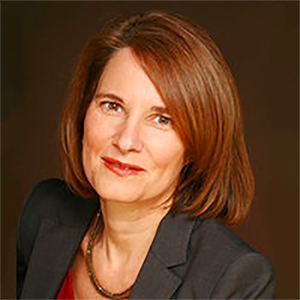
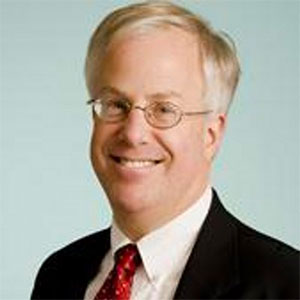
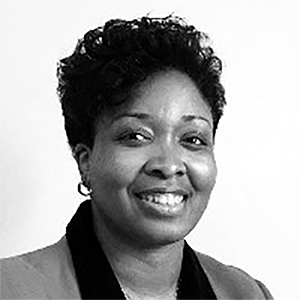
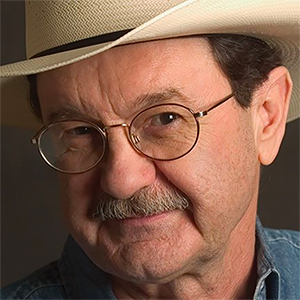

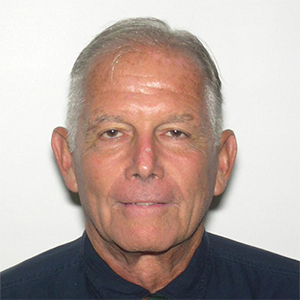
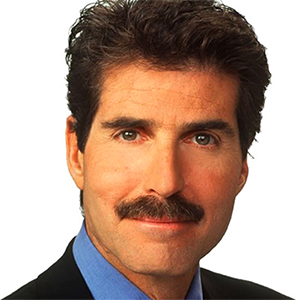
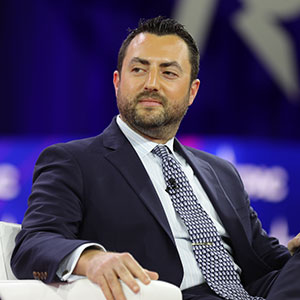
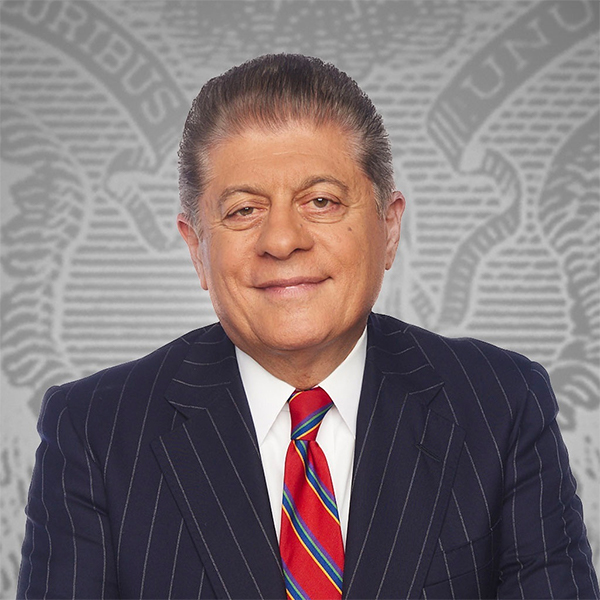


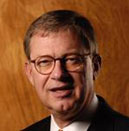

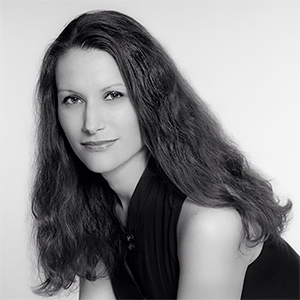
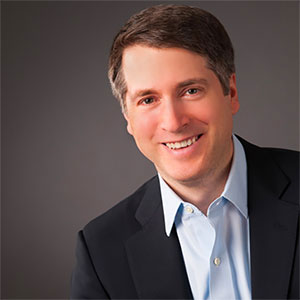
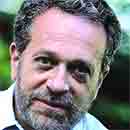
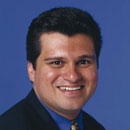
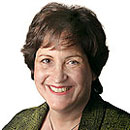
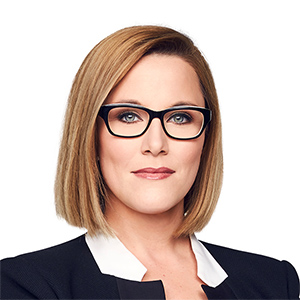

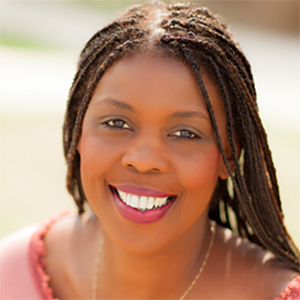
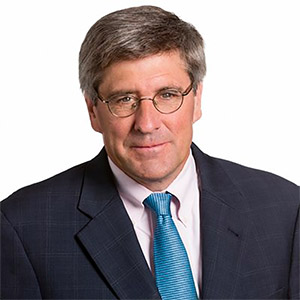
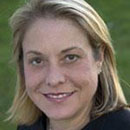
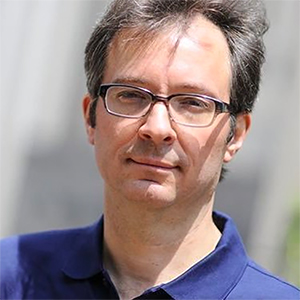
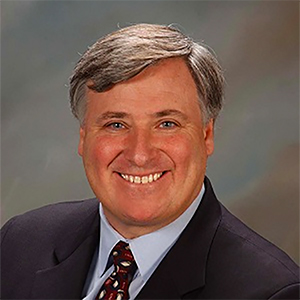
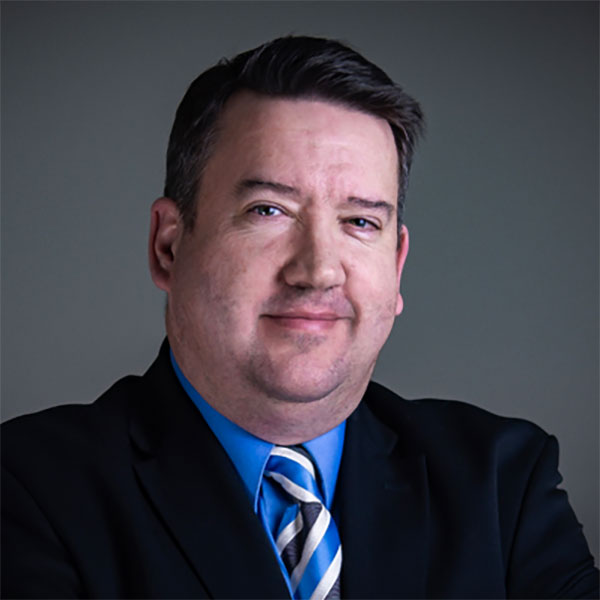
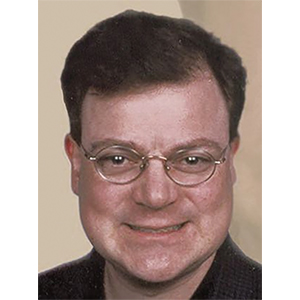
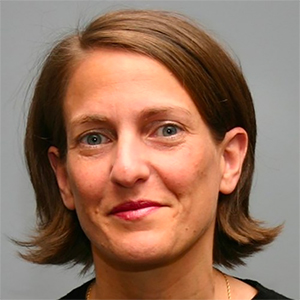

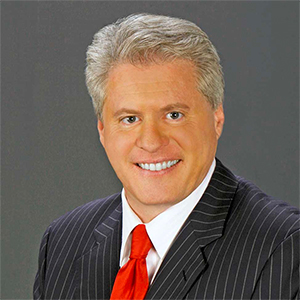




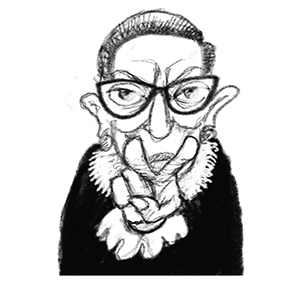

Comments